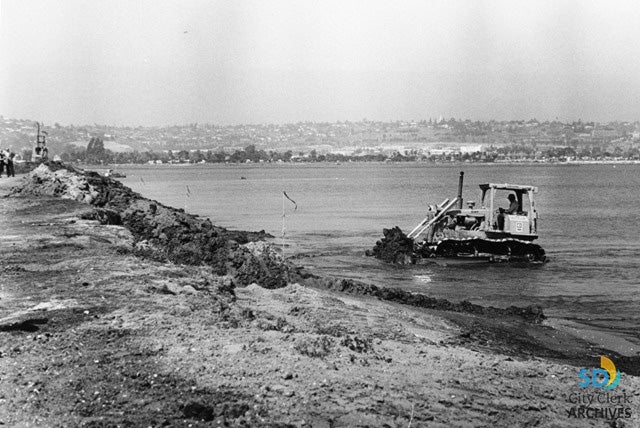

Funded as part of the Bonneville Power Administration's call for Innovative Projects, we initiated a multistage study in 2008 that combined modeling, remote sensing, and field experimentation to: (1) more » Spatially predict habitat quality for eelgrass (2) Conduct experimental plantings and (3) Evaluate restoration potential. We strongly suspected that limited eelgrass seed dispersal has resulted in the present distribution of eelgrass meadows, and that there are other suitable places for eelgrass to survive and form functional meadows. The purpose of this study was to evaluate the ability to enhance distribution of eelgrass (Zostera marina) in the Columbia River Estuary to serve as refuge and feeding habitat for juvenile salmon, Dungeness crab, and other fish and wildlife. The variation and rate of increase in shoot abundance among transplant plots can be partially explained by desiccation stress, with deeper ponds showing enhanced growth rate and plant size. Quantitative samples collected August 1992 indicated that transplanted eelgrass increased significantly in terms of shoot abundance since transplantation.

Transplanting was carried out in spring 1990, and sampling of the survival of the transplants was conducted in August of 1990 more » and 1991.

Eelgrass was transplanted into 16 ponded areas that were created by the uneven placement of the shell. To help assess the potential for the recovery of eelgrass in plots that may have been significantly affected, eelgrass transplanting experiments were initiated in 1990. Shell placement damaged isolated patches of eelgrass. In 1992, the US Army Corps of Engineers-Seattle District, placed oyster shell on tidal flats to mitigate for Dungeness crab mortalities caused by dredging in Grays Harbor, Washington, in 1990. The variation and rate of increase in shoot abundance among transplant plots can be partially explained by desiccation stress, with deeper ponds showing enhanced growth rate and plant = , Transplanting was carried out in spring 1990, and sampling of the survival of the transplants was conducted in August of 19.


 0 kommentar(er)
0 kommentar(er)
